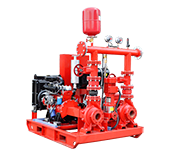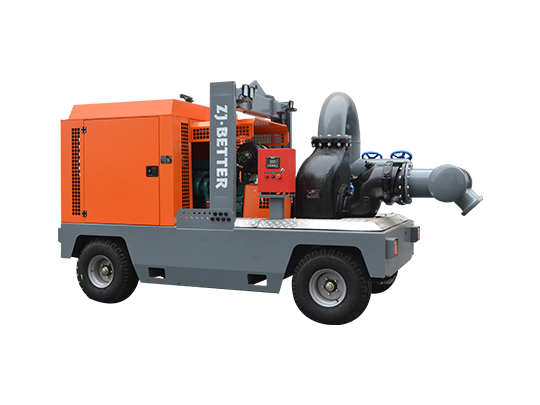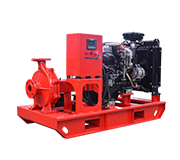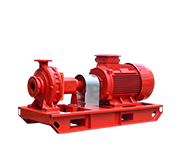Fire pumps are an essential part of many water-based fire protection systems. They are used to increase the pressure (measured in psi or bar) of a water source when that source is not adequate for the system it’s supplying. The right design, installation, and acceptance testing of these pumps will ensure that they are ready and available to protect the building on the day of the acceptance test. this blog will focus on weekly inspections of fire pumps and what is required.
Inspection is the process of visually examining a system or component thereof to ensure that it looks to be in good working order and is unharmed. The definition emphasizes two key ideas: first, that it is visual; no manipulation of the system or its components is done; and second, that it does not guarantee that the pump or system is in working order; rather, we are validating that there are no obvious physical damages.
.jpg)
Weekly inspections of the pump house or chamber are required to check for the following things:
Heat is sufficient, at least at 40° F (4° C).
No excessive water gathers on the floor.
A coupling guard is present.
Weekly Inspection of the Pump System Conditions
The following conditions of the pump system must be checked weekly:
The bypass, discharge, and suction valves are all fully open.
Piping is leak-free.
The reading on the suction line pressure gauge is acceptable.
Suction reservoir is filled to the necessary level.
Screens for wet pit suctions are present and unobstructed.
The hose connection valve is closed, the water flow test valves are closed, and there is no water in the line to the test valves.
Condition of the Electrical System: Weekly Inspection
.jpg)
The following conditions of the electrical system must be checked weekly:
The controller's pilot light is lit up.
The standard transfer switch pilot light is on.
Standby (emergency) source with the isolation switch closed
Oil level in the vertical motor sight glass is within permissible limits, or the pilot light for the reverse phase warning is not lit.
There is power for the pressure maintenance (jockey) pump.
How about testing every week?
The churn (no flow) testing of diesel fire pumps and some electric fire pumps is necessary every week. These tests, which do not include any water flowing, show that the pump can start on its own and won't overheat. Where electric fire pumps serve systems in buildings that can't handle their pumping capability, they must undergo weekly testing.
A critical component of making sure a fire pump can always be trusted in the event of a fire is weekly inspections. Facilities staff typically completes these swiftly because they are a regular part of their week. Weekly or monthly no-flow tests and annual flow tests will be carried out to confirm the pump's operational status in order to provide extra confidence.
.jpg)
.jpg)






